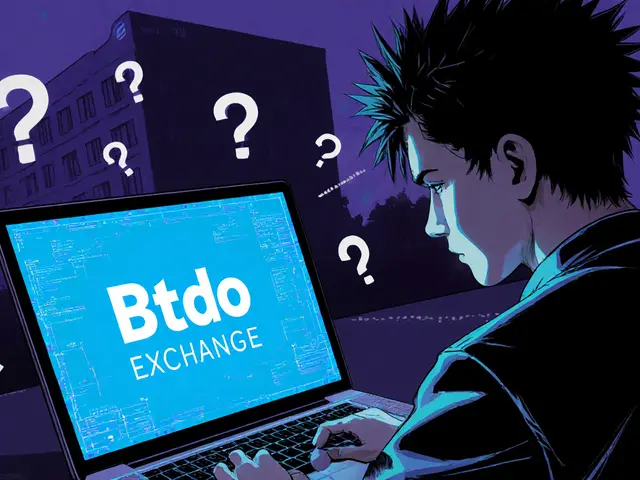NFT Anti-Counterfeiting: Securing Authenticity with Blockchain Technology
When working with NFT anti-counterfeiting, a method that uses non-fungible tokens to prove the genuine origin of physical and digital items. Also known as digital provenance, it relies on an immutable ledger to stop fraud. Blockchain, the decentralized database that records every transaction forever provides the backbone for this process, while Merkle trees, cryptographic structures that let you verify large data sets with tiny proofs enable fast, tamper‑proof checks. Adding decentralized identity, user‑controlled credentials stored on‑chain gives owners control over their proof of authenticity without a central authority. Together these tools form a robust ecosystem that makes copying or forging assets extremely hard.
NFT anti-counterfeiting encompasses multiple layers of trust. First, the token itself records ownership and provenance, so a buyer can instantly see the item’s history on the blockchain. Second, Merkle‑based proof‑of‑integrity lets manufacturers embed a tiny hash in product packaging; scanning it checks against the on‑chain Merkle root, instantly confirming legitimacy. Third, decentralized identity lets creators issue verifiable credentials to each item, letting users prove they own the genuine piece without revealing personal data. In practice, this means a sneaker brand can mint an NFT for each pair, attach a Merkle hash to the shoe tag, and issue a decentralized ID to the buyer. The buyer then uses a simple app to scan the tag, see the NFT ownership record, and verify the ID, all without a third‑party database. This chain of trust demonstrates how blockchain authentication, Merkle verification, and self‑sovereign identity intersect to thwart counterfeit markets.
Practical Uses and Emerging Solutions
From luxury fashion to high‑value art, industries are testing NFT anti-counterfeiting to protect revenue and reputation. Artists can attach NFTs to physical paintings, letting collectors verify the work’s authenticity with a QR code linked to a Merkle proof. Supply‑chain managers use smart contracts—another key entity—to automate alerts when a counterfeit attempt is detected, automatically flagging the suspicious item and notifying stakeholders. Even ticketing platforms are adopting this model: each ticket becomes an NFT, a Merkle tree verifies the batch, and decentralized identity ensures the holder’s right to attend. These real‑world applications illustrate the tangible benefits of a tokenized trust layer, and they set the stage for the articles below, which dive deeper into airdrops, mining pools, and blockchain fundamentals that support this ecosystem.
Learn how NFT anti-counterfeiting works, its benefits over traditional methods, implementation steps, real-world use cases, and future trends in a clear, practical guide.
Read More





